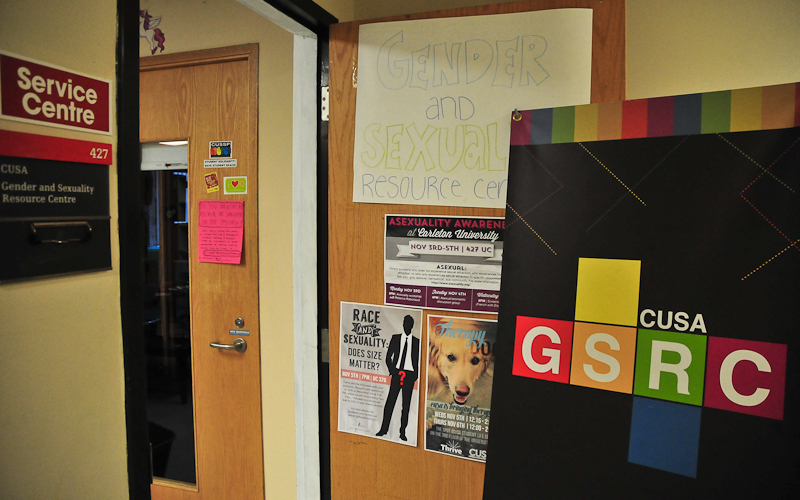Carleton’s Gender and Sexuality Resource Centre (GSRC) held its first Asexual Awareness Week Nov. 3-5 in an effort educate students about the little known identity.
Merissa Taylor-Meissner, the programming co-ordinator for the GSRC, organized the week’s three events including a discussion panel and a film screening of the French film Amélie.
Rebecca Robichaud, a fourth-year psychology student who identifies as a gray-asexual, ran a workshop Nov. 3 to dispel some of the myths and confusion around asexuality.
The first topic Robichaud touched on in her workshop was, “What is asexuality?”
“An asexual is commonly, simply defined as a person who experiences little or no sexual attraction to anyone,” she explained.
Robichaud said there is a need to distinguish between sexual and romantic attractions.
“Romantic relationships are more based on emotional and tactile needs,” said Robichaud.
Taylor-Meissner said the other end of the spectrum is simply, “who you want to sleep with.”
The asexual flag, which is comprised of four bands of black, gray, white, and purple, actually represents “the gray ace scale,” explained Robichaud. The level of sexual attraction varies for individuals.
“A gray ace, short for asexual, sometimes experiences sexual attraction and usually has a low sex drive,” she said.
Taylor-Meissner made it clear to the workshop attendees, which numbered over a dozen, that intersections must be taken into account.
“There is no one reason why people identify as they do,” she said. “It’s up to different situations for people to identify.”
Robichaud explained the variety of terms used in the community.
Asexuals who occasionally feel sexual attraction under specific circumstances were also referred to as, “demi-sexuals,” according to Robichaud.
Those who are not asexual, and experience sexual attraction most of the time, are referred to as “allosexual.” The term is not well known, but Taylor-Meissner explained that it’s important that is exists so that asexuality isn’t seen as abnormal.
“They are both normal,” she said.
The fact that few people know the terms asexual and allosexual was a key part of the presentation.
“There needs to be an emphasis on showing the differences between sensual, sexual, and romantic attractions,” she said. “This information has to be available at schools and universities.”
At the close of the workshop Robichaud expressed how proud she was of the openness of the Carleton community and left everyone who attended with some advice about how to be supportive to ace friends.
Taylor-Meissner said events like these are important.
“They create more of a community for asexual and aromantic people and let them know that they’re not alone and that they’re not broken,” she said.






